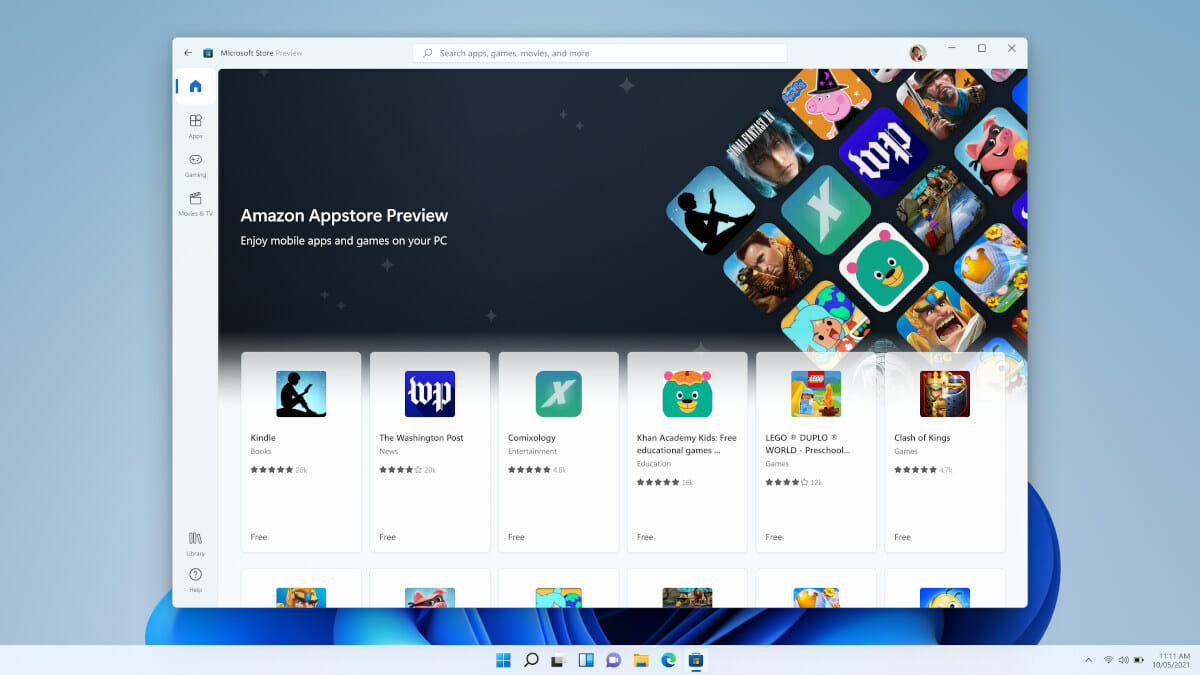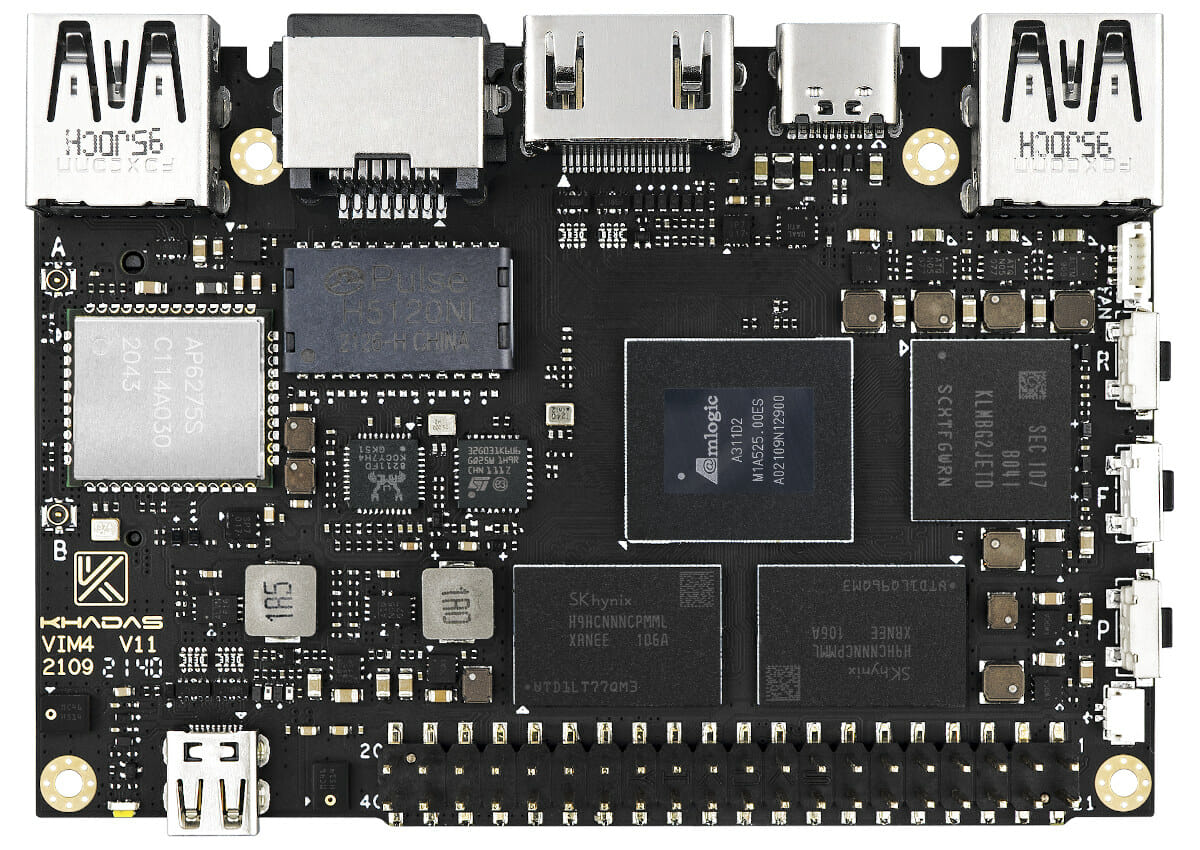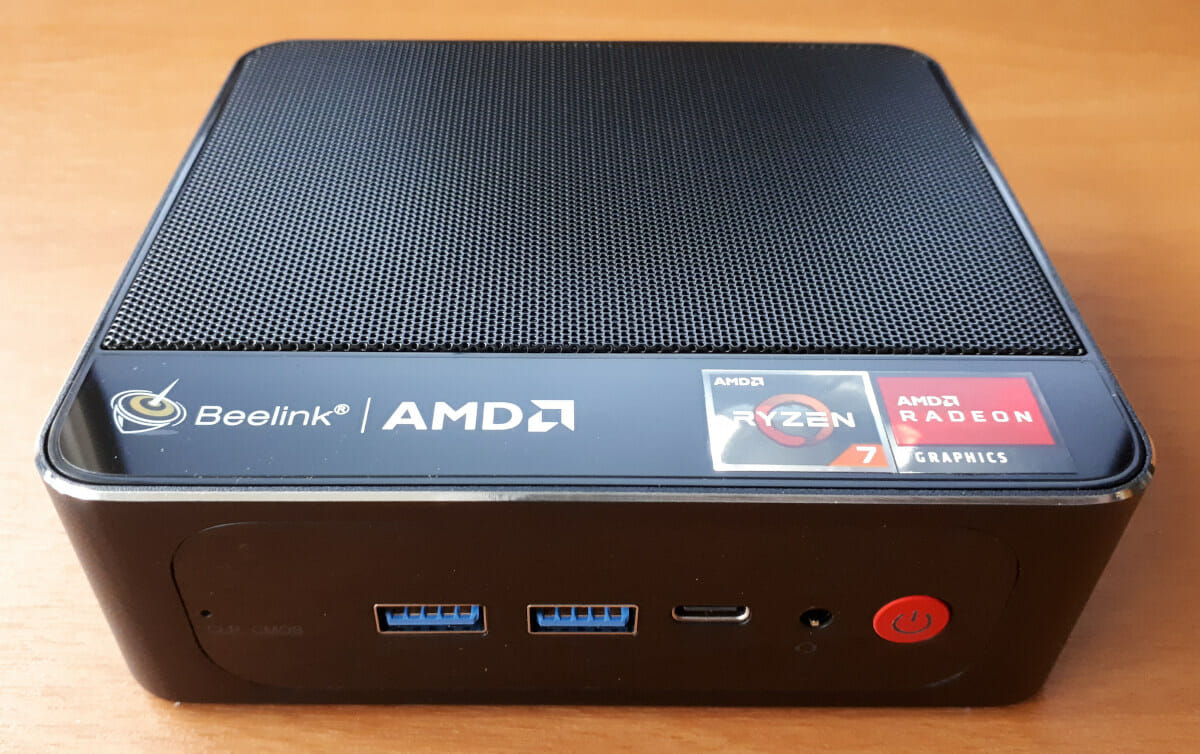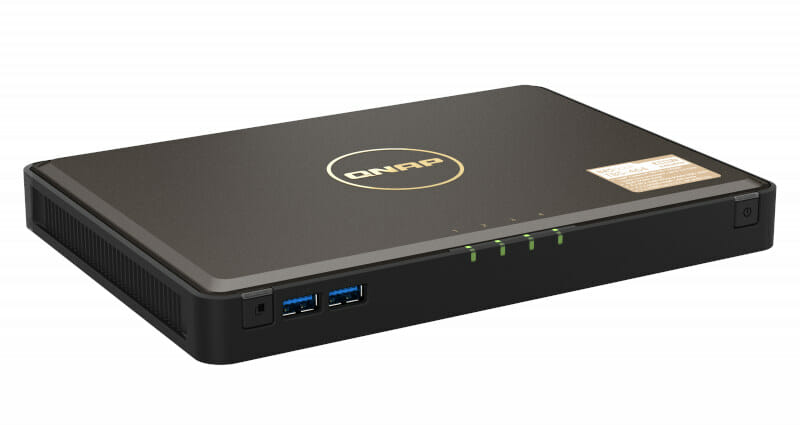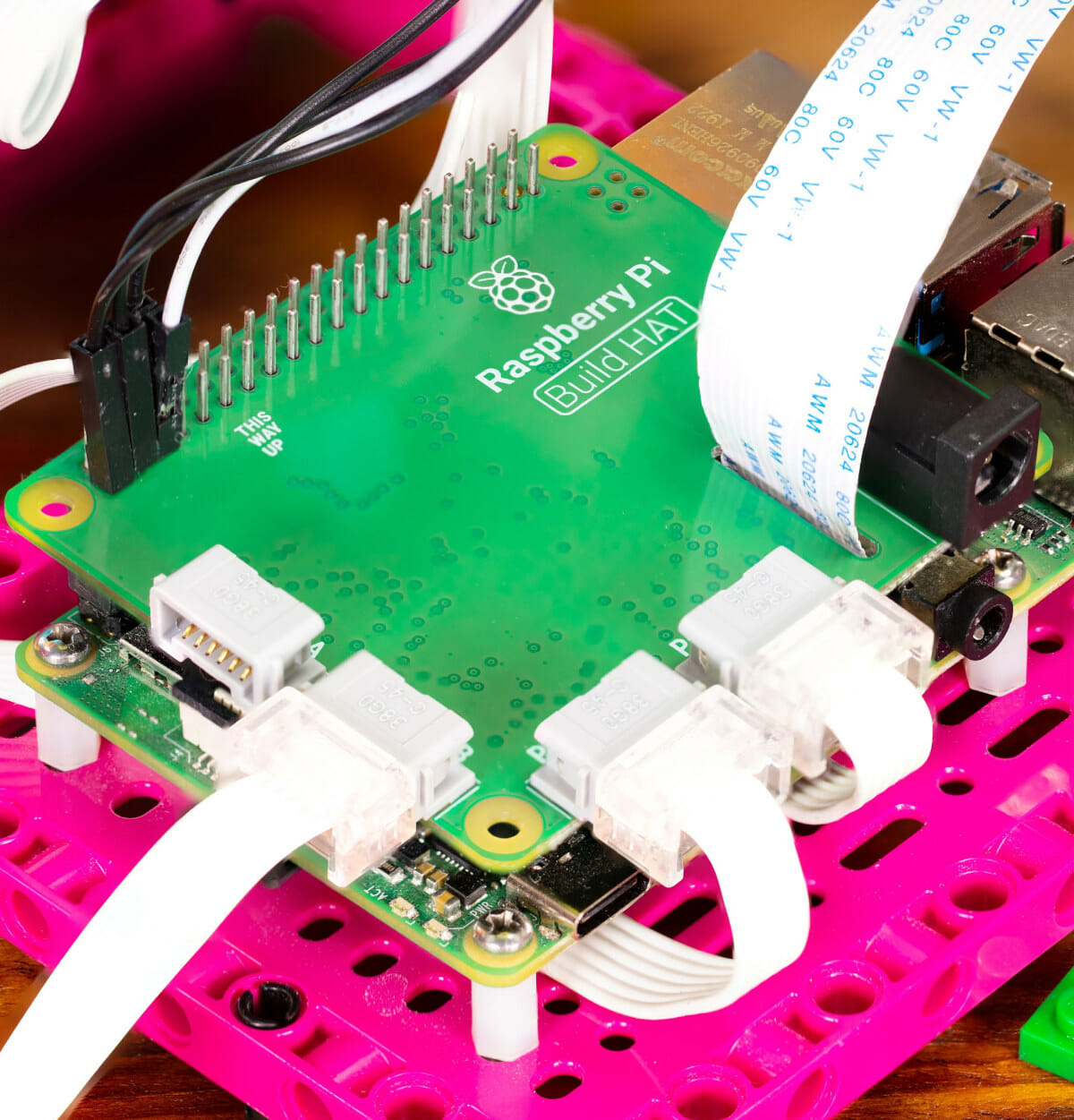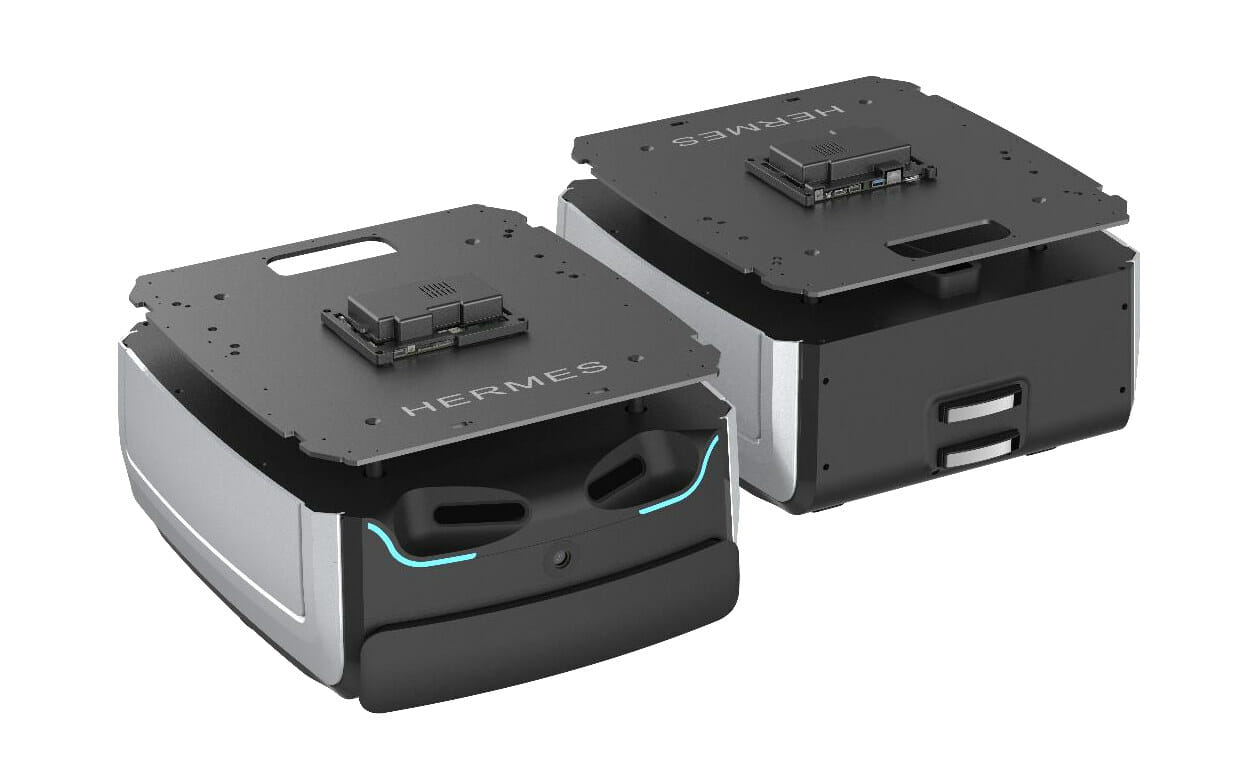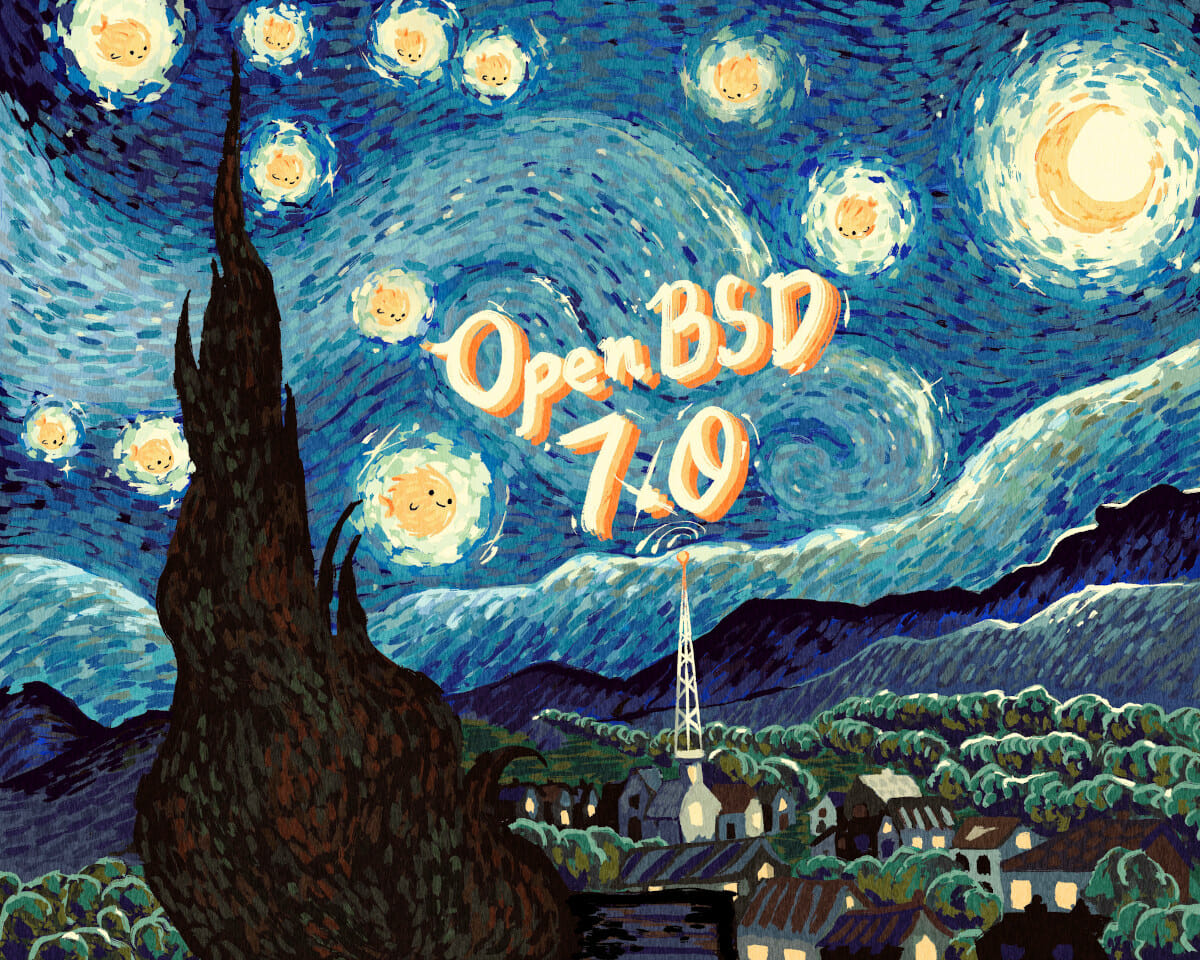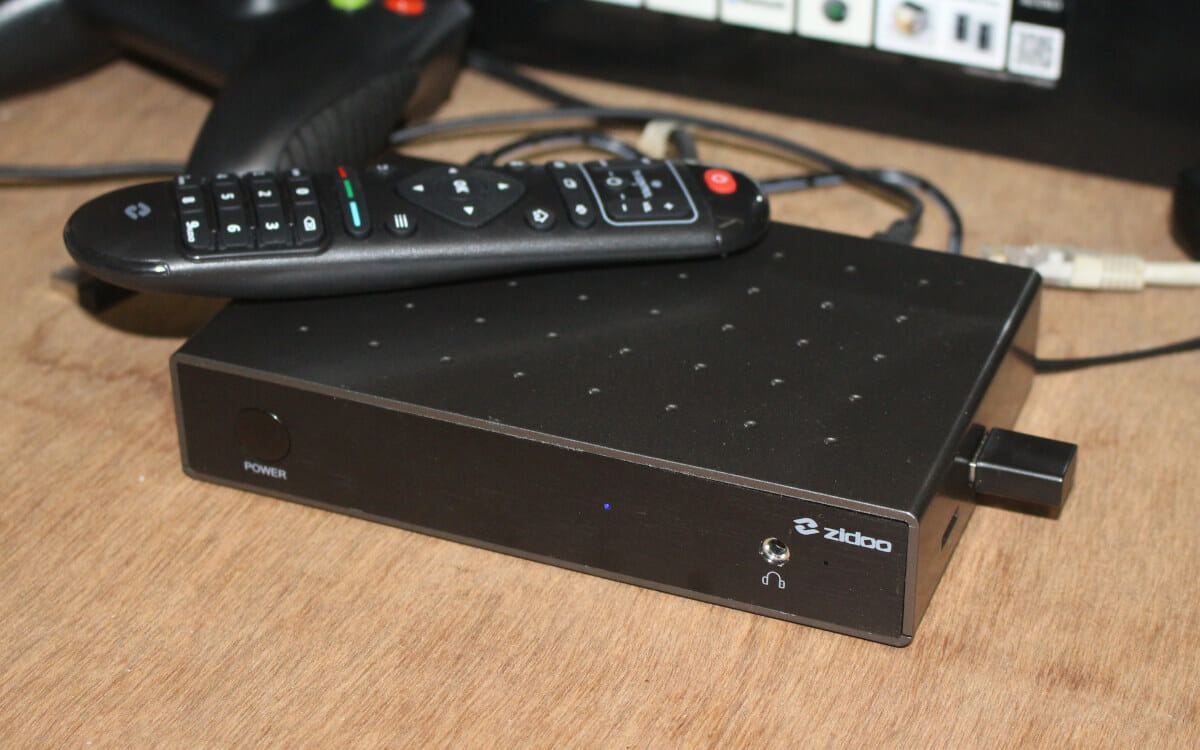Following up on the company’s Windows Subsystem for Linux, Microsoft has now introduced the Windows Subsystem for Android that allows Windows 11 users to install Android apps either through the Amazon Appstore or the Microsoft Store. At this time, it is officially reserved for Windows Insiders part of the Beta Channel in the United States on eligible devices running Intel, AMD, and Qualcomm platforms, and at this time 50 apps are available with mobile games such as Lords Mobile, June’s Journey, or Coin Master, the Kindle app for reading books, and kids content that includes Khan Academy Kids and Lego Duply World. More apps are obviously planned, and as I’ll see later there are ways for any Windows 11 users to install Android apps. The Windows Subsystem for Android (WSA) is not installed by default, but it will be automatically installed if you either install the Amazon Appstore, the Amazon […]
Khadas VIM4 – An Amlogic A311D2 SBC with 8GB RAM, Wi-Fi 6, HDMI input & output
We’ve just written about the Amlogic A311D2 processor with some pretty interesting features, and Khadas VIM4 will be one of the first single board computers equipped with the latest octa-core processor, succeeding the company’s earlier Khadas VIM3 board powered by an Amlogic A311D hexa-core processor. Khadas VIM4 makes good use of the extra memory allowance with faster 8GB LPDDR4 RAM, and also offers 32GB eMMC flash, Gigabit Ethernet, WiFi 6, 4Kp60 HDMI input and output, independent USB 3.0, and PCIe (via M.2 socket) interfaces, and more. Khadas VIM4 specifications with bold highlights showing the differences with the VIM3 Pro model: SoC – Amlogic A311D2 octa-core processor with 4x Arm Cortex-A73 cores @ up to 2.2 GHz and 4x Cortex A53 cores @ up to 2.0 GHz, Arm Mali-G52 MP(8EE) GPU, NPU shown as TBD possibly due to license requirements System Memory- 8GB LPDDR4X @ 2112 MHz Storage – 32GB eMMC […]
Beelink SER3 Review – A good AMD Ryzen 7 mini PC… after tweaks
Beelink has just launched a new mini PC called the SER3. It is another ‘new’ mini PC using an older CPU, in this case, an AMD mobile processor. However, the performance is surprisingly good once a few tweaks are made to the stock configuration. Beelink kindly sent one for review and I’ve looked at performance running both Windows and Ubuntu together with using an eGPU. Hardware Overview The SER3 physically consists of a 126 x 113 x 40mm (4.96 x 4.45 x 1.57 inches) square metal case. As an actively cooled mini PC, it uses AMD’s older 12 nm Zen+ Ryzen 7 3750H Picasso processor which is a quad-core 8-thread 2.3 GHz mobile processor boosting to 4.0 GHz with Radeon RX Vega 10 Graphics. The front panel has an illuminated power button, dual USB 3.0 ports, a Type-C USB 3.0 port with Alternate Mode, a 3.5mm headphone jack, and a […]
QNAP TBS-464 ultra-thin NAS supports 4 M.2 NVMe SSDs, 2.5GbE networking
Most NAS are large boxes that take several 3.5-inch SATA drives, but QNAP TBS-464 NASbook is a different beast with an ultra-thin design enabled by four M.2 PCIe slots for NVMe SSDs, plus two 2.5 GbE ports to match the higher data transfer speed allowed by the SSDs. The NAS is equipped with a recent Intel Celeron N5105/N5095 Jasper Lake quad-core processor coupled with 8GB DDR4 memory, and also offers USB 3.0 ports, as well as two HDMI 2.0 video outputs and an IR receiver that would make it suitable as a NAS & HTPC combo, for example, running Plex. QNAP TBS-464 NASbook specifications: SoC – Intel Celeron N5105/N5095 quad-core processor @ 2.0 / GHz with Intel UHD graphics; TDP: 10 or 15W TDP System Memory – 8 GB DDR4 soldered on board Storage 4GB flash for OS with dual boot OS protection 4 x M.2 2280 NVMe Gen3 x2 […]
LEGO Technic meets Raspberry Pi with the Build HAT
A new official Raspberry Pi expansion board is introduced today. The Built HAT provides four connectors for LEGO Technic motors and sensors from the SPIKE Portfolio, as well as an 8V DC jack to power both the Raspberry Pi and LEGO motors, sensors, LED matrix, and more. Designed in collaboration with LEGO Education, the Build HAT features the Raspberry Pi RP2040 dual-core ARM Cortex M0+ MCU for I/O control, and will enable more complex models benefiting from more powerful Broadcom BCM2xxx processors, as well as a Python library for easy programming. Build HAT key features and specifications: MCU – Raspberry Pi RP2040 microcontroller for low-level control of LEGO Technic devices 4x LPF2 connectors for LEGO Technic motors and sensors included in the SPIKE Portfolio 40-pin GPIO header for connection to Raspberry Pi 4 Model B, 3B+, 3B, 3A+, or Pi Zero family (Raspberry Pi 400 not supported) Misc – 2x […]
RK3399-based programmable wheeled robot works across multiple floors
SLAMTEC Hermes robot platform is a programmable wheeled robot that can take payloads of up to 60 kg across multiple floors thanks to an optional elevator controller, which makes it suitable for hotels, hospitals, airports, warehouses, transportation hubs, surveillance robot, and more. Powered by a Rockchip RK3399 mainboard, the Hermes robot platform supports autonomous path-finding, robot collaboration, cross-floor delivery, smart obstacle avoidance, safety features, and autonomous Recharging. It can be controlled with a REST API, programmed with C++ SDK, or a program called RoboStudio available for Windows and Android. Hermes wheeled robot platform specifications: Mainboard – Rockchip RK3399 SBC Video Output – HDMI Audio – 3.5mm audio (mic+headphone) jack, dual-channel 5W/8Ω amplifier header Network connectivity – Gigabit Ethernet RJ45 port, dual-band WiFi, 4G cellular with SIM card slot USB – USB 3.0 Type-C port Motion 6.5-inch in-Wheel motor Up to 1.2m/s (4.3 km/h) by default, but can be customized to […]
OpenBSD 7.0 adds 64-bit RISC-V, improves Apple Arm silicon support
OpenBSD 7.0, the 51st release of the UNIX-like operating system, was outed on October 14, 2021, with the introduction of 64-bit RISC-V support for HiFive Unmatched and PolarFire SoC Icicle Kit boards, as well as further improvements to ARM64 targets, notably for Apple Silicon Macs, although it’s not quite ready for general use yet. You’ll find the complete list of new features and updates on the OpenBSD website, but here are some of the highlights: New platforms – OpenBSD 7.0 add 64-bit RISC-V support Extended platforms arm64 Improvements to Apple Silicon Macs support USB 3, NVMe storage, GPIO driver, power management, etc… Enabled LEDs for the LAN7800 chip as found on the Raspberry Pi 3 Model B+. Added Type-C PHY controller found on the Rockchip RK3399. Implemented multicast support to Marvell ARMADA chips Various other changes to mips64, amd64, armv7, powerpc64 Kernel improvements Enabled dynamic tracker (dt) for GENERIC kernels […]
Zidoo M6 preview with Android 11
I’ve now had more time to play with Zidoo M6 Arm mini PC powered by a Rockchip RK3566 quad-core Cortex-A55 processor. I intended to review the device with Ubuntu, but I misunderstood, and Android 11 was pre-installed on the device. I was also told since this model is mainly for industrial control, I might want to focus on performance and connectors rather than how well all functions work. So this will not be a review, but rather a preview of Zidoo M6, since as we’ll see below there’s still more work do to fix all issues. As an industrial platform. some features like Google Services may not be needed or even desirable. First boot and Settings I’ve connected a USB keyboard for screenshots, MINIX NEO A2 Lite air mouse, an HDMI cable to my 4K TV, and the power supply to get started. I also add two AAA batteries to […]


